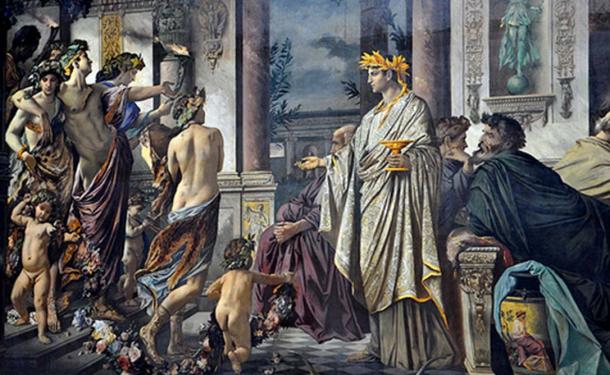Psionic Potential
In order to make use of psionic powers, a character must 1) have the potential (naturally or otherwise), and 2) develop that potential through skills. There are two methods of "achiving" psionic potential: by virtue of one's race, or through a cybernetic implant.Race: Human (Psychic)
Under these rules, human characters who set Race as Priority 1 (instead of 0) have psionic potential. These characters automatically have access to all psionic skills. Pychic humans may choose not to train in psionic skills, even though they have psionic potential. Whether or not a psychic human has trained their abilities, they always perceive psychic phenomena (see below).
Advantage: Psionic Implant
Requirements: member of the Clans; combined LRN & CHA of 7+
Viewing psionics as volatile and unpredictable, the Clans bred any potential for psychic powers out of their bloodlines. However, upon their return to the Inner Sphere and encountering psychic humans, controlled psionic development was pursued. The solution was an ectoplasm-enhanced receptor implanted in the brain. Select one of the implant classes below; you gain access to that implant’s psionic skills (but no others).
Anyone with a psionic implant as the chance of perceiving psychic phenomena (INT check).
Gamma-class implant (2 pts): Astral Projection, Clairsentience, Telepathy.
Kappa-class implant (3 pts): Ectoplasty, Plasmakinesis, Telekinesis.
.svg/300px-Zener_cards_(color).svg.png)
